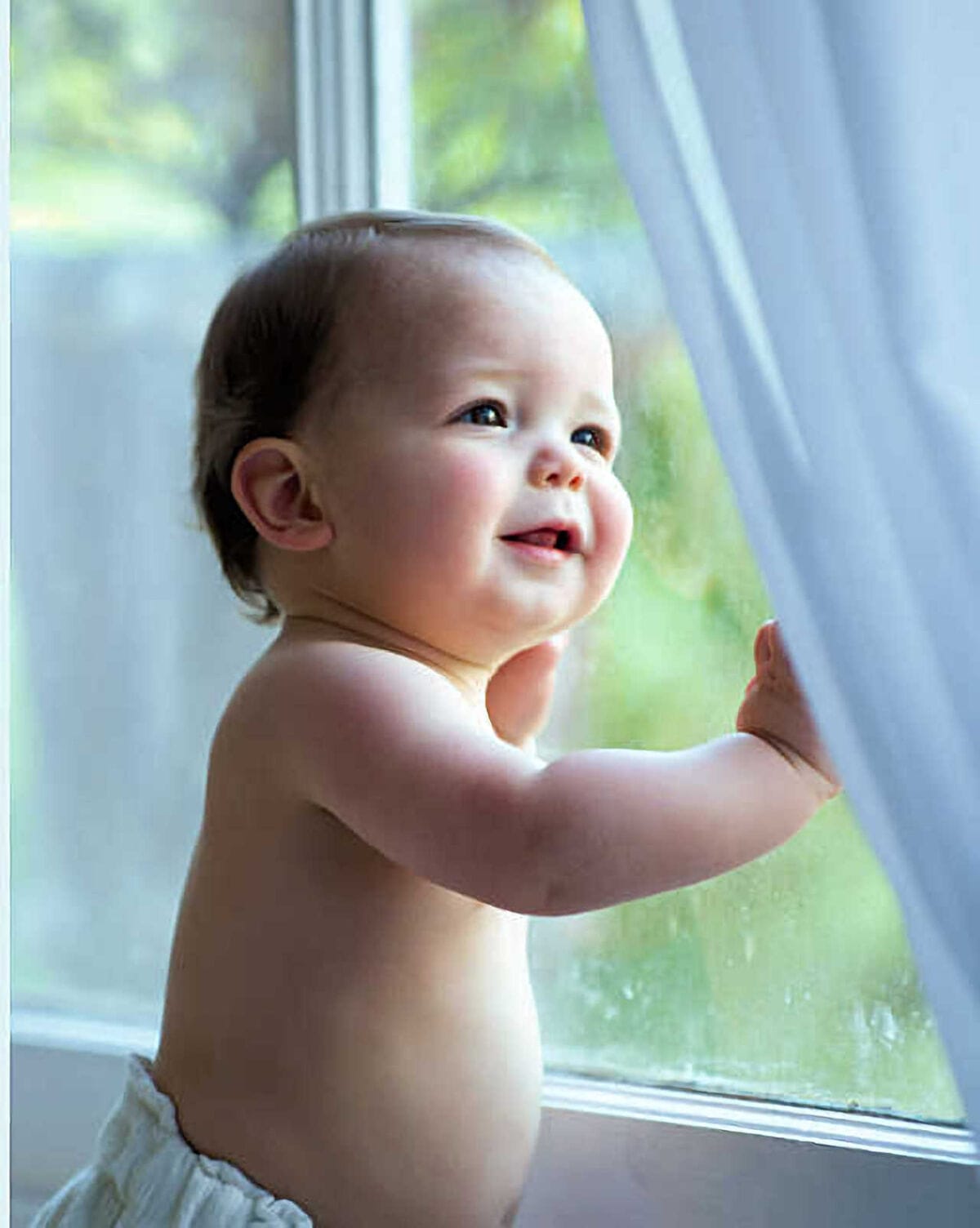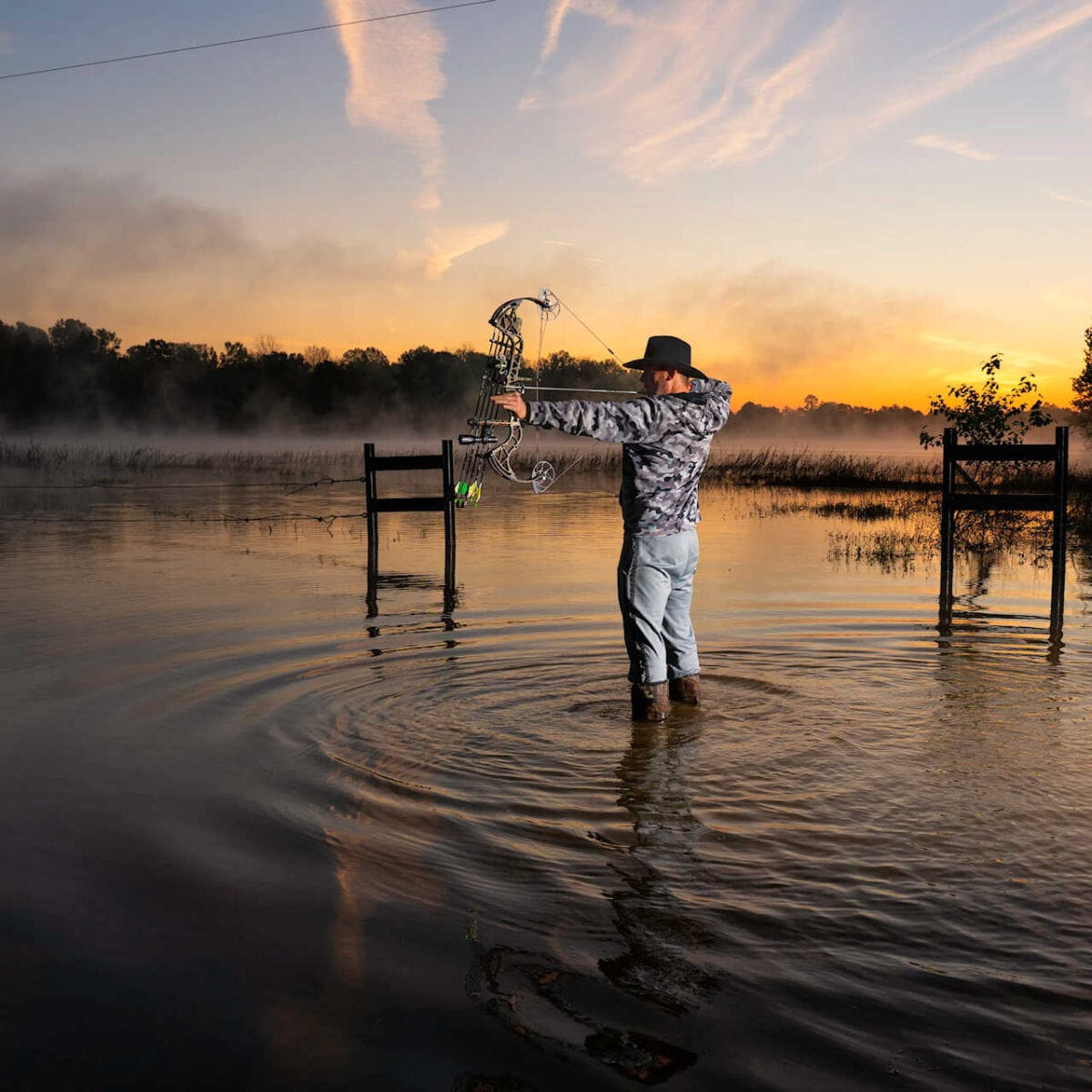Overview

When choosing a photographer, understanding their approach to lighting is crucial. Natural light photographers rely on existing light, promising a “what you see is what you get” experience.
To be honest, we’re not really sure why modern photographers feel the need to shoot multiple frames per second to capture a portrait. In the one to the left. it took 3-shots to capture this beautiful toddler by the window. The secret? Mom was outside making silly faces.
While these types of portraits are easy for the skilled photographer, the inexperienced photographer would have made many exposures, just to be sure they go the light right. If this were a sporting event, then yes, multiple frames would be called fo to capture the action as it unfolds.
In contrast, truly professional photographers master both natural and artificial lighting, ensuring high-quality photos regardless of the environment. The photograph to the right took us a little over an hour to photograph, the reason, mother nature had her own plans. We had to wait for the sun to light the lake, the subject, and cooperate by providing a soft light. A little fill was provided by a portable flash – all in all, 4 shots to get what we were looking to achieve. Sure, we could have made a mini-movie and taken dozens of exposures, but that was not required. All that was required was a little patience and a dash of fill light to create this unforgettable photograph.

Photographers can adapt to various lighting scenarios without the need to make still movies. With experience, its easy to enhance the natural beauty of scenes and capture dynamic, visually appealing images. When hiring a photographer, ask if they balance natural and artificial light. Their response can indicate their experience and versatility, ensuring you get the best possible photographs for your special moments. If the photographer tells you they will shoot 100 frames to get the right shot, well, that’s not really necessary. Anyone with a decent DSLR can press the firing trigger; no need to pay someone to do so. Find a friend, buy them lunch, and have them snap away.

In the era of digital photography, it’s not uncommon for photographers to deliver upwards of 80 images per hour during a shoot. Take the photograph to the left. Note how balanced the lighting is for the entire image. The cabinets are well-lit, not dark. The subject is perfectly lit with a 2:1 balance for her skin tones. In all honesty, it took more time to get the lighting just right and about 5 frames to get the natural look when she smiled. We could have taken 75 more frames but why would we do that when we got it right in just 5 frames?
— Personal Branding
Today’s photographer seems to put quantity before quality. It’s only natural if you shoot 80 frames an hour that something will be acceptable at the end of the day. But “acceptable” does not equate to “perfect”.
Modern mirrorless cameras can shoot up to 20 frames per second (fps), with some models exceeding this rate. We had mentioned this is expected during a sports event, where the action is fast and the picture is ever changing.
Take a look at the photograph to the right. Can you guess how many frames it took? Would you be surprised to know it was a total of three frames?

At 20 fps, a camera can potentially capture 72,000 frames per hour. This method, known as “burst mode,” allows photographers to press the shutter button continuously, ensuring they capture every fleeting moment. This approach aligns closely with the capabilities of traditional video cameras, which record 24-30 frames per second to create a fluid motion picture. Essentially, a photographer shooting at 20 fps is crafting a high-speed, high-resolution “movie” of your event; there’s no talent to making a movie. In fact, all the shots we have shared in this article took more time to plan than to actually photograph.

Photographers who employ the “burst” style of shooting are often less creative than their more experienced counterparts. All disciplines of photography require more than an itchy trigger finger to get it right. The photograph to the left was assigned to a college graduate (one of our photographers) to reproduce and capture the feeling of Coca-Cola. The image took three hours from conception to completion and a total of one shot to capture the experience.
Today’s photographers rely on the camera to capture a special moment rather than creating one through their skill and vision. This distinction is crucial; while the modern digital photographer depends on sheer volume, the experienced photographer crafts each shot meticulously, bringing a unique artistic touch to every frame.
In the pre-digital era, photographers relied heavily on their expertise in camera settings and composition. Due to the film’s limitations, each shot must be meticulously planned and executed. As a result, it’s not a picture, it’s a work of art.

Film photographers need a deep understanding of lighting, angles, and exposure to capture the perfect image, as every frame costs time and money. This necessity honed their skills, making them adept at capturing high-quality images with fewer attempts.

Today’s digital cameras are equipped with sophisticated technology that allows for rapid shooting and immediate review.
Spray and Pray
Photographers can now take numerous shots in quick succession, increasing the likelihood of capturing the perfect moment. This approach can be likened to a shooter at a range: a semi-automatic pistol with a 12-round magazine offers limited chances to hit the bullseye, requiring precision and skill. Conversely, a modern sporting rifle, such as an AR-15 with a 30-round magazine, offers more opportunities to hit the target through sheer volume, often employing a “spray and pray” method. There’s no skill in that approach, they will eventually land on the bullseye at least once.
Many digital photographers are natural light photographers, relying on the sun to provide a natural glow. They’ll throw around the expression “Golden Hour” to sound professional, when the truth is, the “Golden Hour” is simply subdued lighting with no harsh shadows.

Natural Light
While natural light can be beautiful, it can also cast harsh shadows on subjects. In contrast, experienced photographers know how to balance natural light with artificial light, using techniques and equipment to create superior images. This understanding of lighting is a significant factor that sets them apart.

So, what happens when a photographer promises only 20-25 images from a session?
These photographers likely come from a background in film photography, where they learned to perfect their craft with minimal shots. They have mastered the art of making precise adjustments to camera settings and compositions, ensuring each shot counts. In contrast, photographers who provide 80+ images rely on the volume to capture acceptable shots, banking on the probability that among the many, a few will be outstanding.
The debate then arises: why choose a photographer who delivers fewer images versus one who offers a plethora?

The answer lies in experience. An experienced photographer, honed in the days of film, brings a level of expertise and quality that often surpasses the quantity-driven approach. They can anticipate moments, understand lighting nuances, and compose shots with artistic precision.
Analogies

Another analogy can be drawn from the world of fishing.
An angler with a single, high-quality lure and a deep understanding of fish behavior will likely catch more and better fish than someone casting a net indiscriminately into the water. The former relies on skill and experience, while the latter depends on luck and volume.
Ultimately, while the “spray and pray” method employed by many modern photographers ensures a high number of images, it is the trained eye and refined technique of an experienced photographer that often produces the most stunning, memorable shots. Quality over quantity remains a guiding principle in the art of photography, making the seasoned professional a wise choice for capturing life’s most important moments.
Recap
In conclusion, while modern digital photography allows for an impressive number of images per hour, it often relies on volume over skill, natural light over balanced lighting, and capturing moments rather than creating them. Experienced photographers, with their honed techniques and artistic vision, provide a level of quality and creativity that surpasses the “spray and pray” method. When choosing a photographer for your special moments, consider the expertise and craftsmanship that comes with experience.
For exceptional photography that captures the true essence of your event, contact Idaho Photography Studios. Our team of skilled photographers is dedicated to creating stunning, memorable images that you’ll cherish for a lifetime. Reach out to us today to book your next photography session and experience the difference that quality and expertise make.
Additional Reading
Business Guide to Idaho Commercial Photography
